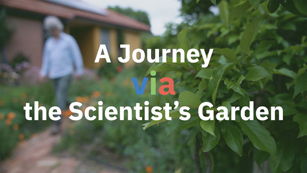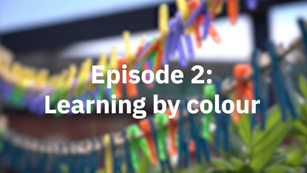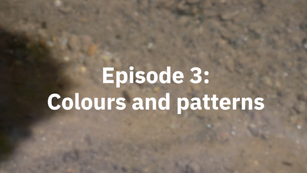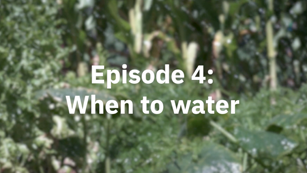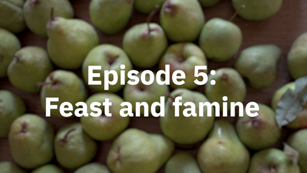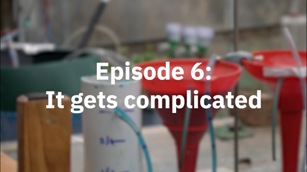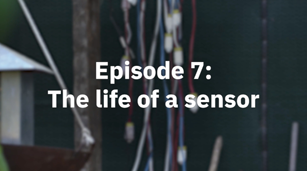Introducing the Water School
Come on a learning journey with us as we explore the big questions of irrigation and dive deeper into the science of turning water into food.
Learning by doing is at the heart of the VIA. In our first course of the Water School, Richard takes you through a year in his garden laboratory.
The course is called "A Journey via the Scientist's Garden" and can be can be done in two ways. For those who want an introduction to the VIA in action, you can watch the Garden Documentary below. For those who want to go deeper into the science, we encourage you to enrol in the Water School.
How to participate?
Just watch the documentary
The garden documentary consists of the seven videos below, each 15 minutes long. The videos follow a number of different crops through the year, with Richard monitoring water, nitrate and salt and explaining what the colour patterns mean. The documentary can be accessed from this page below.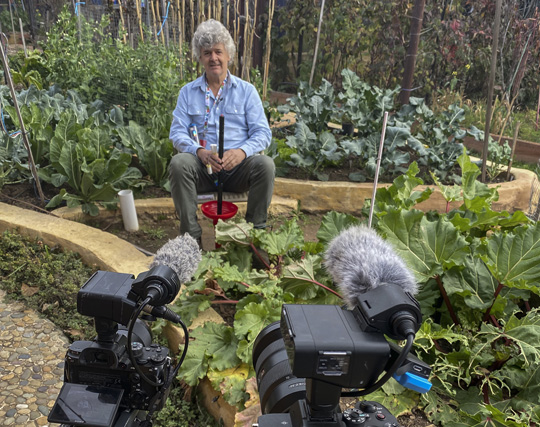
Or, enrol in the course
The Water School course consists of seven modules that are 40 minutes long. Each module starts with one of the garden videos and then goes much deeper into the science behind managing water and solutes in irrigated agriculture. To participate the Water School, you must enrol.Steps to enrol
-
Sign up to the VIA
You will need to sign in before you can enrol. If you don’t have an account, please sign up here: Sign up
-
Enrol
Once you are signed in, click on the menu: My VIA, My Water School and then click Enrol.
